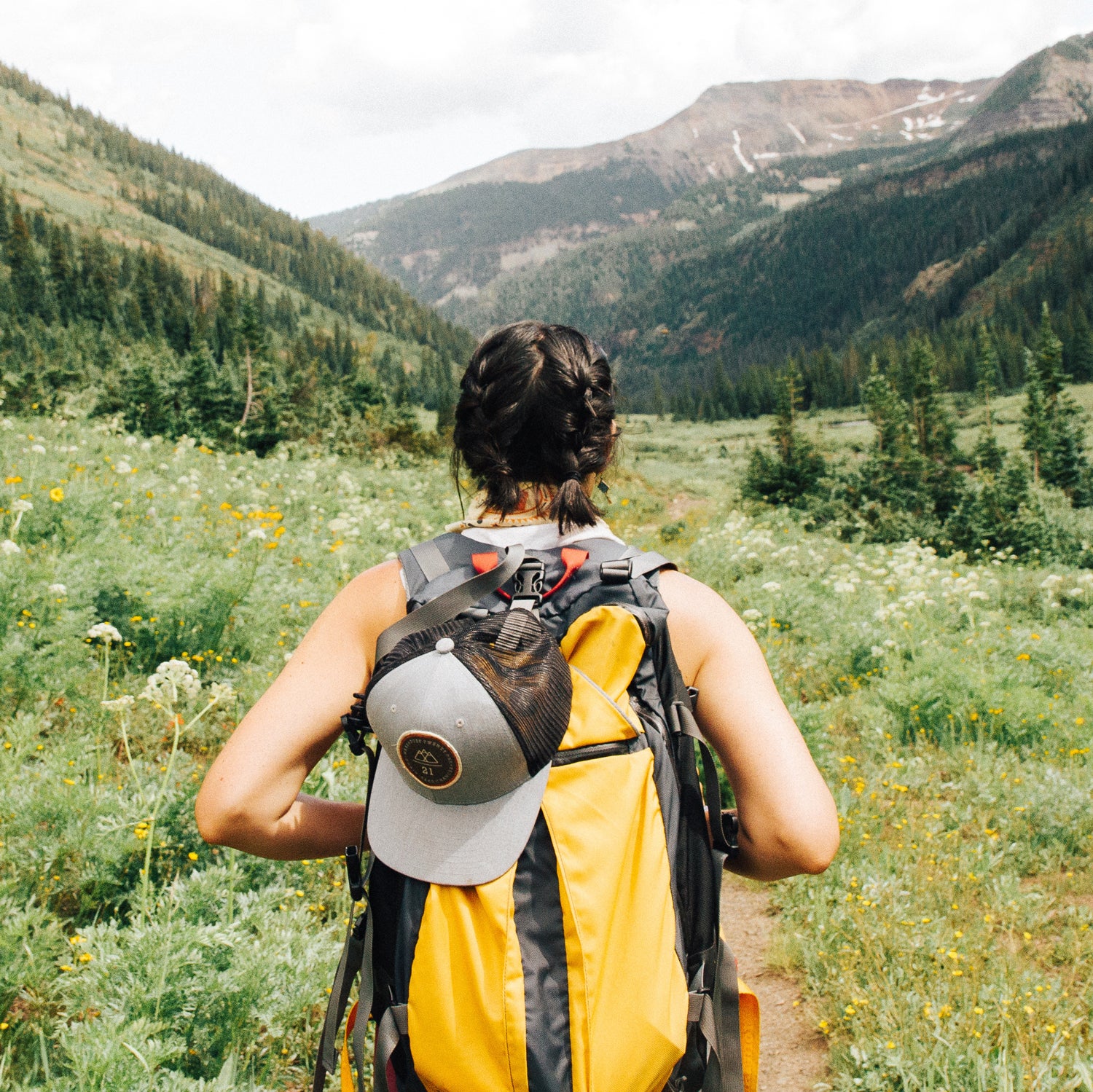The outdoor recreation economy is officially a big deal. On Wednesday, the (BEA) released numbers detailing the economic power of the outdoor recreation industry, showing it comprises 2 percent ($373.7 billion) of the entire 2016 U.S. Gross Domestic Product.
It’s an impressive figure that like construction (4.3 percent); legal services (1.3 percent); agriculture, including farming, forestry,�����Ի� fishing (1 percent); and, most significantly, mining, oil, and gas extraction (1.4 percent). The report also stipulates that the outdoor industry is growing by 3.8 percent, a faster rate than the overall economy (2.8 percent).
The BEA report was two years in the making, initiated when President Obama signed the Outdoor Recreation Jobs and Economic Impact Act. Signed in 2016, it directed the federal agency to measure the outdoor economy with the same tools it uses to chart other industries and the economy as a whole. “We’ve wanted our industry to be counted as a discrete sector of the economy for more than a decade now,” says Amy Roberts, executive director of the Outdoor Industry Association (OIA). “We are really pleased to have data that allows us to talk about our industry in the same ways that other industries that use public lands are discussed.”
Wait, I thought we already had numbers for the size of the outdoor industry?
The BEA’s report differs from the , which said that outdoor recreation was $887 billion in size. Both reports measured the breadth of outdoor recreation—from outdoor equipment manufacturing and retail, to recreation businesses like ski resorts and fishing guiding services, to travel expenses like lodging and gas. The big difference was in methodology. In addition to the $373 billion GDP figure, the BEA also measured gross output from the outdoor recreation economy, a figure that totaled $673 billion, and is as close as it gets to an apples-to-apples comparison with the OIA report. There are two big differences between the OIA and BEA approaches, however. The BEA report did not measure the revenue generated from apparel and equipment manufactured overseas (the lion’s share of outdoor gear), though it did account for the revenue generated when that gear was sold at retail.
Perhaps more important, the BEA did not measure travel expenses or spending on recreation trips less than 50 miles from home. “We know that two-thirds of all outdoor recreation happens within those 50 miles,” says Roberts, who says that difference is likely to blame for the discrepancy between the BEA and OIA figure.
What exactly is the outdoor recreation industry?
The report broke down the outdoor economy into three sections: “conventional core activities” (things like bicycling, hiking, hunting), “other core activities” (like agritourism, outdoor festivals, and even amusement parks), and “supporting activities” (travel, government, construction).
The core activities we typically think about when we think of the outdoor economy make up nearly 40 percent of the industry total. By far the largest sector was the motorized vehicle industry, which was valued at roughly $60 billion. That was followed by the boating and fishing industry, hunting and shooting, the equestrian industry, and, finally, what the report called “other conventional outdoor recreation activities”—backpacking, climbing, and other outdoor gear-related sports—were valued at $10 billion, well behind the hook-and-bullet industries.
Granted, a custom RV, sprinter, or bass boat can run tens, if not hundreds, of thousands of dollars. But the discrepancy will no doubt cause some controversy and a bit of reflection within the industry—many hiker, bikers, and climbers barely even think of hunters and ATVers as being in the same category. But some hope the report will bring the various cultures and user groups together. “Today especially, people within those cultures pop across the boundaries all the time,” says Luis Benitez, director of Colorado’s Outdoor Recreation Industry Office. “I have a gun safe, I hunt, I fly-fish, hike, climb, I also have a dirt bike. So the time has come to bring all those together.”
Indeed, Roberts, the OIA’s executive director, notes that the in 2017 on Utah Representative Jason Chaffetz to sell off public lands was so effective in killing the bill largely because it was led by sportsman’s groups. “It shows that to protect public lands we need to be unified,” she says.
So the government did some math—what’s the big deal?
It makes a big difference that this is a number derived from an established and trusted government agency and not a private industry association. The OIA could publish as many detailed reports as it wants. That doesn’t mean that its number could be used by civil servants as they make decisions that concern the land people recreate on. “Land managers haven’t been able to gauge the positive impacts on the economy for recreation,” says Steve Barker, co-founder of the travel gear company Eagle Creek and former interim executive director of the OIA. “They knew how many board feet were taken out, or how much the mining revenue was, but now they’ll be able to look at the impact of recreation in these communities.”
What’s more, the number gives a solid comparison with other industries. Before, activists and conservationists could only point to a number derived by the OIA. (The equivalent of Exxon Mobil touting all the great things that the American Petroleum Institute said about the industry.) Now, the industry knows where it stands. “In the past we haven’t been recognized as a viable part of the economy,” Barker says. “Now we can show that we are, and that we’re growing faster than the overall economy.”
How do we turn these numbers into more recreation opportunities?
Roberts notes that the foremost opportunity presented by the bill is to pressure Congress to restore funding to recreation opportunities on public lands. “With these numbers we can show that investing in outdoor rec will spur the economy,” she says. “The upcoming infrastructure bill is a great opportunity to build trails and keep campgrounds open. Putting dollars into outdoor recreation infrastructure, especially in rural areas that have been suffering from the decline in extraction industries, is a smart way to rebuild those economies.”
Former Black Diamond president, Peter Metcalf, who now serves as a board member for several conservation organizations, agrees. “We need a large, organized, pro recreation, pro public lands campaign,” he says. “It should be funded by a pro-public lands PAC. We need several telegenic talking heads who can take this message to TV and radio in places that are impacted by public lands. The underlying narrative must be that these numbers are larger and more sustainable than the contributions of dying legacy industries.”


